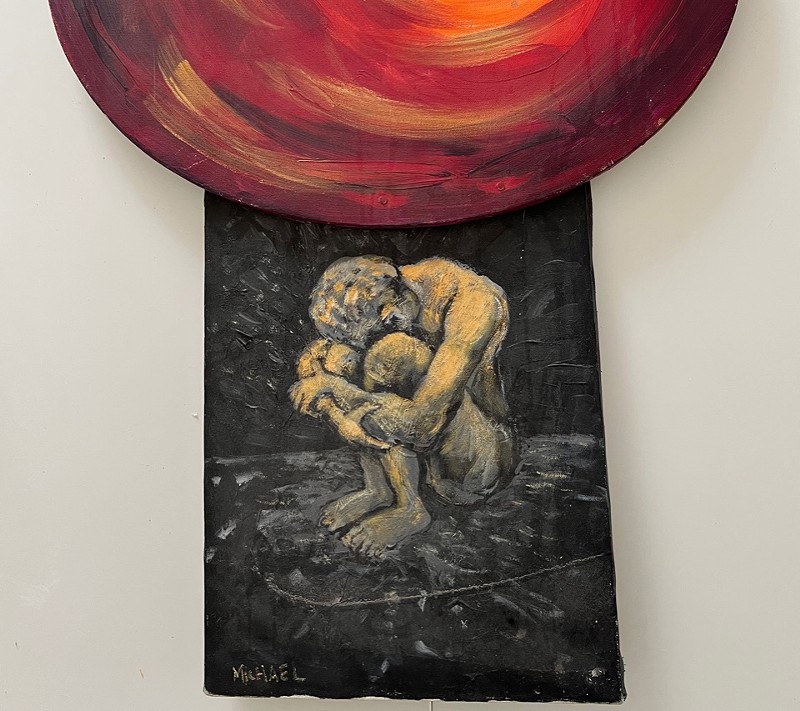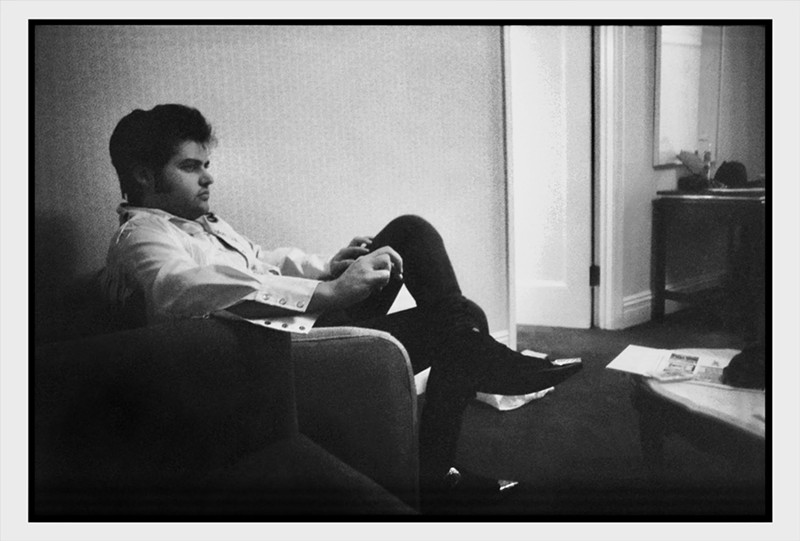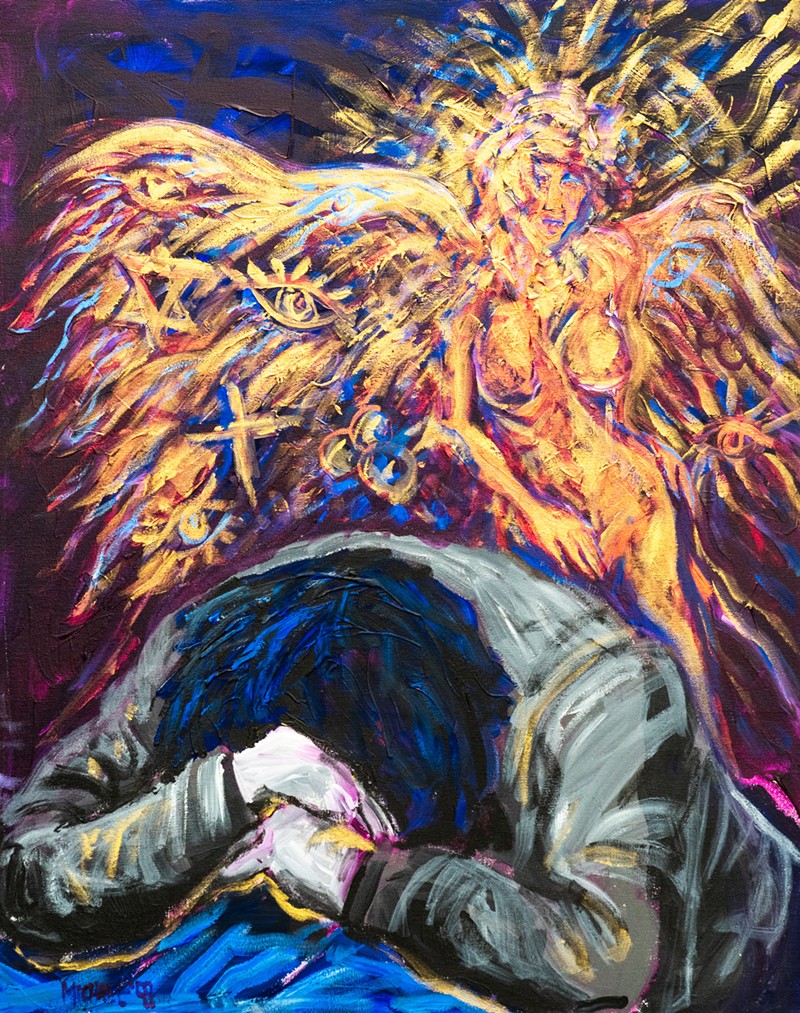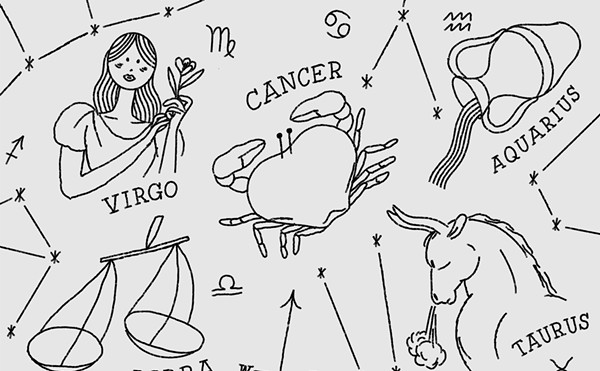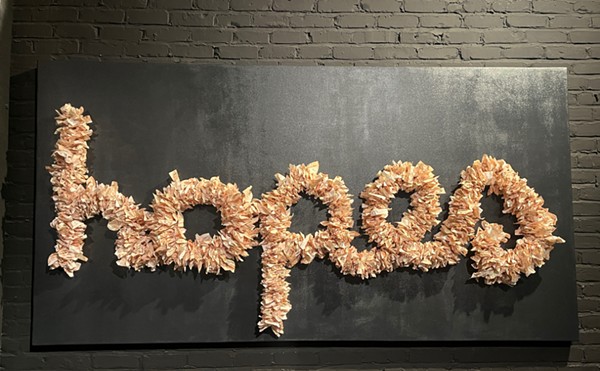Dan Miller has had a successful career as an musician and actor, finding fame with his country bands Goober & the Peas and Blanche, and scoring a Hollywood role in the 2005 Johnny Cash biopic Walk the Line, in addition to doing voiceover work.
But he says his late brother Michael Francis Miller, who he co-founded Goober & the Peas with in the early 1990s, was a main driving force behind his early pursuit of creative endeavors.
“Growing up, we were always playing music together,” Miller tells Metro Times. “I think he always was probably the more inspired of the two of us when we were younger. He was pretty fearless as far as getting neighborhood bands together, and getting reel-to-reel recordings going, and trying to send tapes to WRIF. … He was just a real creative soul, and his biggest thing was always painting and illustrating.”
Goober & the Peas won fans over with its dark humor, with Dan serving as frontman “Goober” and Michael serving as bassist and backing vocalist “Boss Hoss.” “We had a lot of fun running our own label, and touring, and putting out records,” Miller says. “But the touring life was not good for him.”
Miller says his brother was deeply affected by the sudden death of their father when they were young, and later started taking medication for depression. Mixing alcohol didn’t help.
While on tour as Goober & the Peas, Miller recalls an incident where the van broke down in the St. Louis area. Michael did not handle it well.
“It was just this ridiculous touring thing where it sucked, and you just try to find the humor in it,” Miller says. “But I think for him, it was just one of the things where I just remember his anxiety really ramping up, getting to be almost paranoia.”
Things came to a head in Vancouver, where Miller says the band intervened and told Michael it would be best if he flew back home. After that Michael was in and out of psychiatric hospitals, trying different medications, and was eventually diagnosed with both bipolar disorder and schizophrenia.
All the while, Michael, who had graduated from Bowling Green State University with a Bachelor in Fine Arts, created visual art, including drawings and paintings.
“Sometimes it was oddly kind of entertaining and beautiful because he would be very inspired and manic and just really painted, and he would present some of these paintings to me,” Miller says.
He adds, “Sometimes it was kind of abstract and psychedelic, sometimes it was heartbreaking and full of emotion, but it was interesting, to see those layers.”
In the weeks after 9/11, Michael died suddenly. To this day, Miller says he doesn’t know whether his death was suicide or not. “His anxiety really ramped up after 9/11,” he says.
Miller says he eventually had an idea to try and use his brother’s paintings as a way to help spread awareness of mental health issues.
“He had gotten really frustrated with the [health care] system, but also was very thankful for some of the programs that helped him, and he was really getting into advocating for people with mental illness,” Miller recalls. “I remember right after he died thinking it would be a good thing to use his paintings as some kind of way to bring more awareness to it.”
Around that time, Miller’s career really started taking off. The paintings sat in his family’s home, and before Miller knew it, 20 years had passed.
“Life just goes by so quickly,” Miller says. “My sister was telling me that if we don’t do something now, then another 20 years will go by.”
Miller linked up with fellow musician Gretchen Gonzales Davidson, who connected him with Detroit’s Galerie Camille, where adman Toby Barlow also got involved. With May being Mental Health Awareness Month, a series of events anchored by an exhibition of Michael’s artwork was planned.
“It’s just been a very cool kind of communal thing,” Miller says. “There were just so many people who wanted to help.”
Davidson also made another connection, linking Miller up with one Rabbi Syme. By extraordinary coincidence, he was also named Daniel, and also lost a musician brother named Michael to mental illness, who died by suicide.
Miller says Syme helped him talk about mental health, particualrly in avoiding the phrase “commit suicide.” “He said, ‘Let me stop you right there,’” Miller recalls. “When I thought about it, it’s like, somebody who’s ‘committed’ a felony, somebody who did something wrong, or whatever. [Syme] said, ‘It’s the disease. When somebody dies, they die by suicide.’”
Miller adds, “I was very proud of my brother, because he really, really fought hard to get better. But it almost seemed like it wasn’t in the cards.”
He says he hopes people are inspired by his brother’s paintings. “He put a lot of pain and joy and his soul into his paintings,” he says. “Hopefully it can be something that brings more awareness about mental health and mental illness. The big thing is taking away the stigma. … It seems like for mental health, if somebody’s got a mental health issue, it still seems like there’s still some shame and it’s still kind of in the closet.”
Miller says he hopes to hold an event again next year, and envisions something like the the Jerry Lewis MDA Labor Day Telethon, which raised money for the Muscular Dystrophy Association. Most importantly, he hopes it can inspire others to seek help for mental health. He says it even helped him decide to seek therapy.
“There is joy and celebration in the fact that people have fought their disease, and just like somebody who fights cancer, my brother fought schizophrenia and bipolar disease really hard,” Miller says. “And part of that evidence is in his artwork and his paintings. I can feel it … there’s a gamut of emotions, of sorrow and joy and pain and anger.”
Looking for the Light runs from May 13-31 at Galerie Camille; 4130 Cass Ave., Suite C, Detroit; galeriecamille.com.
If you are thinking about suicide, please call the National Suicide Prevention Lifeline at 800-273-TALK (8255).
Stay connected with Detroit Metro Times. Subscribe to our newsletters, and follow us on Google News, Apple News, Twitter, Facebook, Instagram, Reddit, or TikTok.

